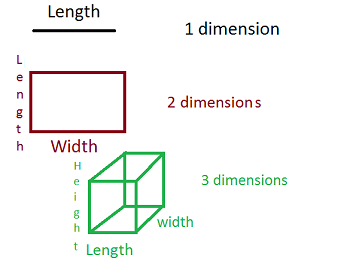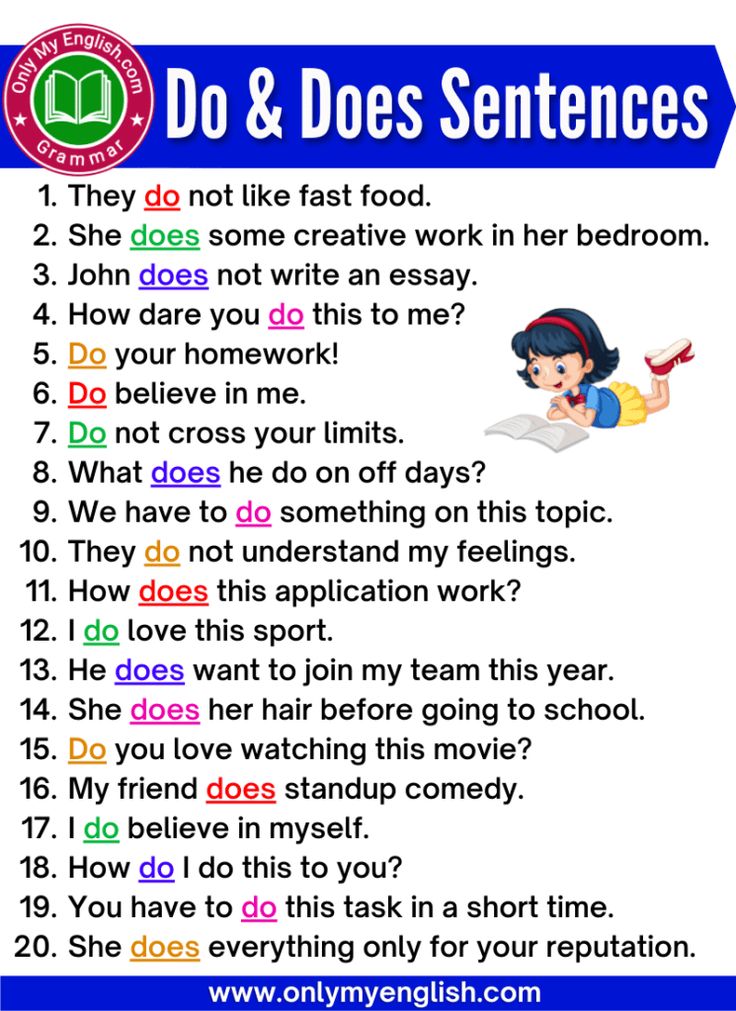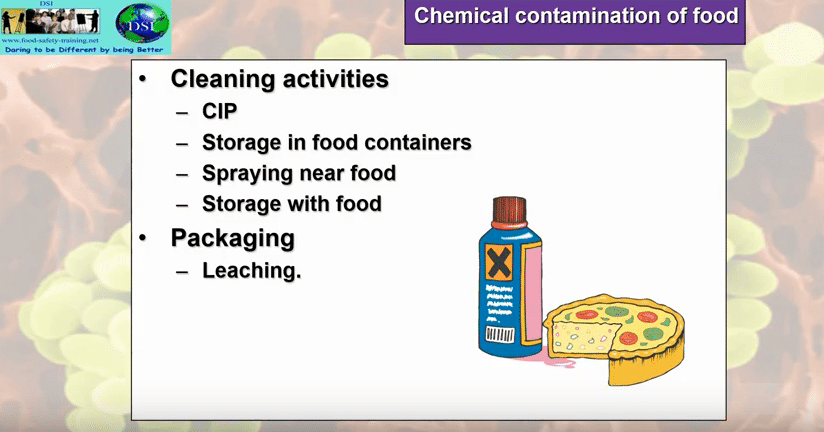Unlocking Outbound Marketing: Strategies, Examples, and Actionable Guidance for Modern Lead Generation
Introduction to Outbound Marketing
Outbound marketing is a proactive approach where brands initiate contact with potential customers through a variety of channels, aiming to build awareness and drive sales. Unlike inbound marketing, which attracts customers by providing value and waiting for them to seek out information, outbound marketing involves pushing messages to a broad audience-often regardless of their immediate interest in the product or service [1] . This strategy remains a cornerstone of many organizations’ marketing budgets due to its ability to quickly reach large audiences and potentially generate immediate results.
Key Outbound Marketing Channels
Outbound marketing leverages both traditional and modern communication channels. Understanding and selecting the right mix is crucial for effective outreach:

Source: customers.ai
- TV and Radio Ads: These platforms deliver high-impact messages to mass audiences, often used for broad brand awareness campaigns [2] .
- Billboards and Print Ads: Physical advertisements like billboards, newspapers, and magazines provide visibility in targeted geographic regions [3] .
- Direct Mail: Sending flyers, coupons, or catalogs directly to homes or businesses. This approach can be personalized and is still effective for certain demographics [1] .
- Digital Banner Ads: Online ads displayed on websites or social media platforms, often targeting specific audiences based on demographics or interests [3] .
- Cold Calling and Telemarketing: Sales representatives reach out by phone to introduce products and qualify leads. This method requires compliance with regulations such as do-not-call lists and may be perceived as intrusive [2] .
- Email Outreach: Often in the form of unsolicited promotional emails or targeted campaigns to curated lists. Effective email outreach can influence pipeline growth, as seen in B2B case studies [4] .
- Events and Trade Shows: In-person gatherings and exhibitions allow brands to showcase offerings, gather leads, and network directly with prospects [2] .
- Influencer and Social Media Campaigns: Partnering with industry influencers or running paid campaigns on platforms like Instagram, Facebook, or LinkedIn to reach targeted audiences [4] .
- Podcast Sponsorships: Brands sponsor podcast episodes, gaining exposure to niche audiences interested in specific topics [2] .
How Outbound Marketing Works: Step-by-Step Implementation
To execute a successful outbound marketing campaign, follow these steps:
- Define Your Objectives: Determine clear goals, such as increasing brand awareness, driving sales, or generating leads. Objectives guide strategy, messaging, and channel selection.
- Identify Target Audience: Use demographic, geographic, and psychographic data to pinpoint ideal customers. Tools like CRM systems can help segment and prioritize prospects.
- Select Appropriate Channels: Choose outbound marketing channels based on where your audience spends time and the nature of your message. For example, use TV ads for mass market products or direct mail for local services.
- Craft Compelling Messaging: Develop clear, attention-grabbing messages that highlight your unique value proposition. Ensure consistency across all channels to reinforce brand identity.
- Deploy Campaigns: Launch your outreach efforts. This could involve scheduling ad buys, distributing print materials, or initiating cold calls and email blasts.
- Monitor and Measure Results: Track key performance metrics such as impressions, click-through rates, lead conversions, and return on investment. Use tracking tools and analytics platforms to evaluate success.
- Optimize and Iterate: Refine your campaigns based on performance data, audience feedback, and changing market conditions. Adjust messaging, targeting, and channel mix as needed.
Real-World Examples and Case Studies
Outbound marketing is effective across industries, both B2B and B2C. Here are a few notable examples:
- Personal Email Outreach in B2B: ASG Technologies used targeted, personalized email outreach to connect with prospects, leveraging gifting software to enhance engagement. This approach influenced $2.8 million in sales pipeline, demonstrating the power of tailored outbound tactics [4] .
- Immersive Events for Product Launch: Mars Incorporated promoted a new M&M flavor through pop-up events, creating memorable experiences that drove viral social media engagement and increased retail sales [4] .
- Billboard to Purchase Journey: A consumer sees a furniture store billboard, followed by a TV ad and a direct mail coupon. Over time, repeated exposure nudges the consumer toward making a purchase, illustrating how outbound tactics build familiarity and drive action [1] .
Potential Challenges and Solutions
While outbound marketing offers broad reach, it also presents several challenges:
- Cost: Traditional outbound channels like TV and print ads can be expensive to produce and distribute. To manage budgets, consider digital alternatives such as targeted social media ads or email outreach [2] .
- Tracking ROI: Measuring results from outbound campaigns is often difficult due to indirect attribution. Implement tracking codes, dedicated landing pages, and CRM integrations to improve visibility into campaign performance [3] .
- Audience Receptiveness: Outbound messages may be perceived as intrusive, leading to resistance or negative brand associations. Mitigate this by personalizing outreach, respecting privacy regulations, and combining outbound efforts with inbound nurturing strategies [3] .
- Regulatory Compliance: Telemarketing, email campaigns, and digital advertising are subject to legal requirements such as CAN-SPAM Act and GDPR. Always review applicable laws and obtain proper consent before initiating contact.
Alternative Approaches and Integration with Inbound Marketing
Outbound marketing works best when integrated with inbound strategies. For example, a company might run outbound campaigns to raise awareness and drive traffic, then use inbound content (blogs, guides, webinars) to nurture leads and build trust. This omnichannel approach maximizes brand exposure, improves lead quality, and increases conversion rates [5] .
To adopt a blended strategy:
- Use outbound channels to broadcast offers and drive initial engagement.
- Capture leads through landing pages, gated content, or event sign-ups.
- Move prospects into inbound nurturing funnels with targeted content and personalized follow-up.
- Monitor engagement across all touchpoints to refine and optimize your marketing mix.
How to Access Outbound Marketing Services and Opportunities
If you’re interested in implementing outbound marketing, there are several pathways:
- Contact reputable marketing agencies with proven experience in outbound campaigns. Search for agencies specializing in your industry using terms like “outbound marketing agency” or “lead generation services.” Review client case studies and testimonials before selecting a partner.
- Leverage in-house resources by assembling a dedicated team for outbound outreach. Invest in training for telemarketing, email marketing, and event planning.
- Utilize marketing technology platforms for campaign automation, analytics, and lead management. Popular options include Salesforce for CRM and campaign tracking [2] .
- For regulatory guidance or compliance support, consult official government agencies such as the Federal Trade Commission (FTC) for advertising rules or the Federal Communications Commission (FCC) for telemarketing regulations.
To get started:
- Define your goals and budget.
- Research and select appropriate channels and partners.
- Develop your messaging and creative assets.
- Launch and monitor campaigns, adjusting as needed based on results.
Key Takeaways
Outbound marketing remains a vital tool for reaching new audiences, building brand awareness, and driving sales. By understanding its mechanisms, challenges, and integration opportunities, you can create more effective campaigns that deliver measurable results. Always prioritize compliance, audience relevance, and continuous optimization for best outcomes.

Source: gainminddeal.com
References
- [1] Adobe Business (2022). Inbound vs Outbound Marketing: The Differences.
- [2] Salesforce US (2025). A Guide to Outbound Marketing Strategies.
- [3] WordStream (2023). What Is Outbound Marketing?
- [4] Sendoso (2022). Outbound Marketing Examples To Grow Brand Awareness & Pipeline.
- [5] Omniscient Digital (2022). 6 Examples of Outbound Marketing.
MORE FROM eboxgo.com













